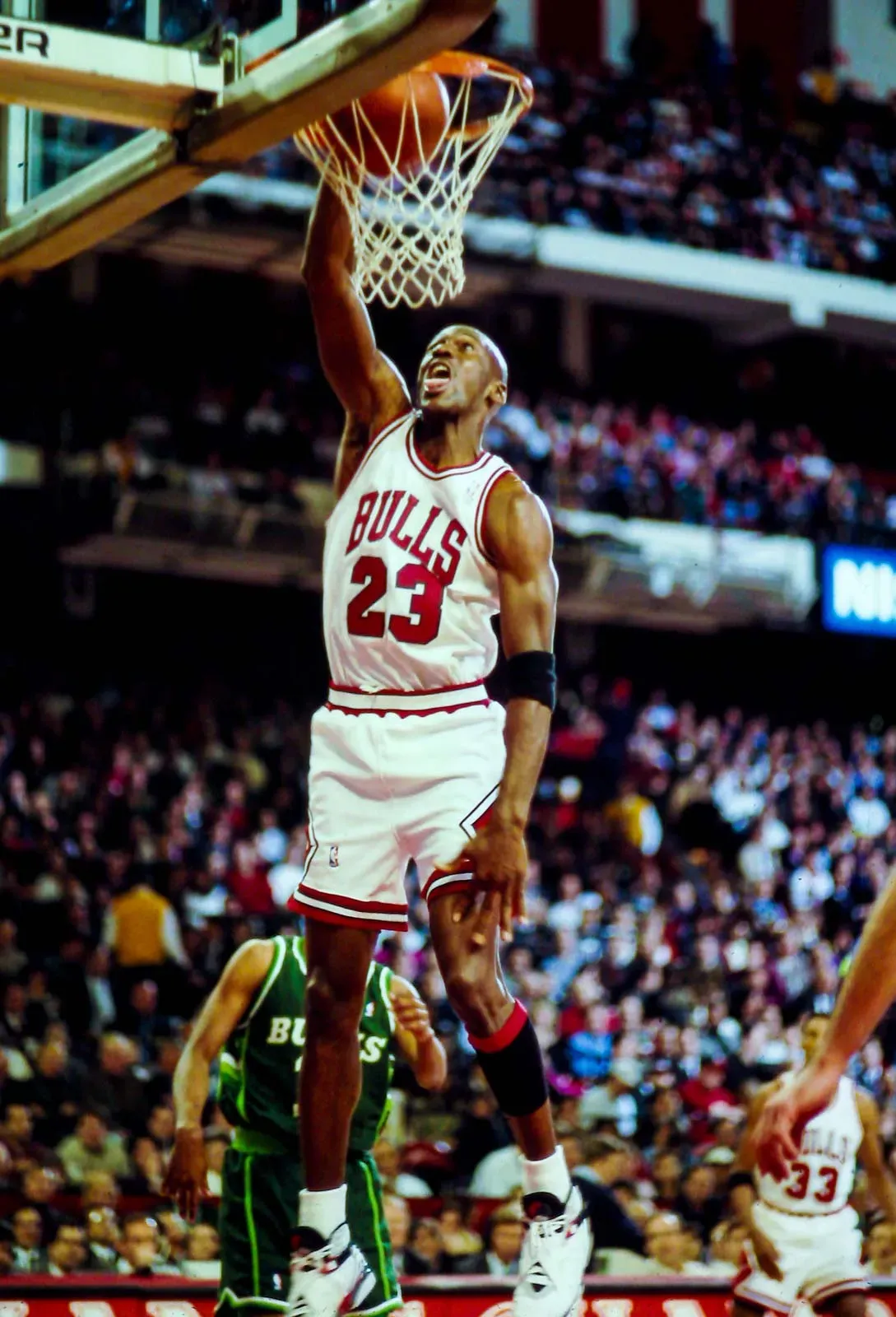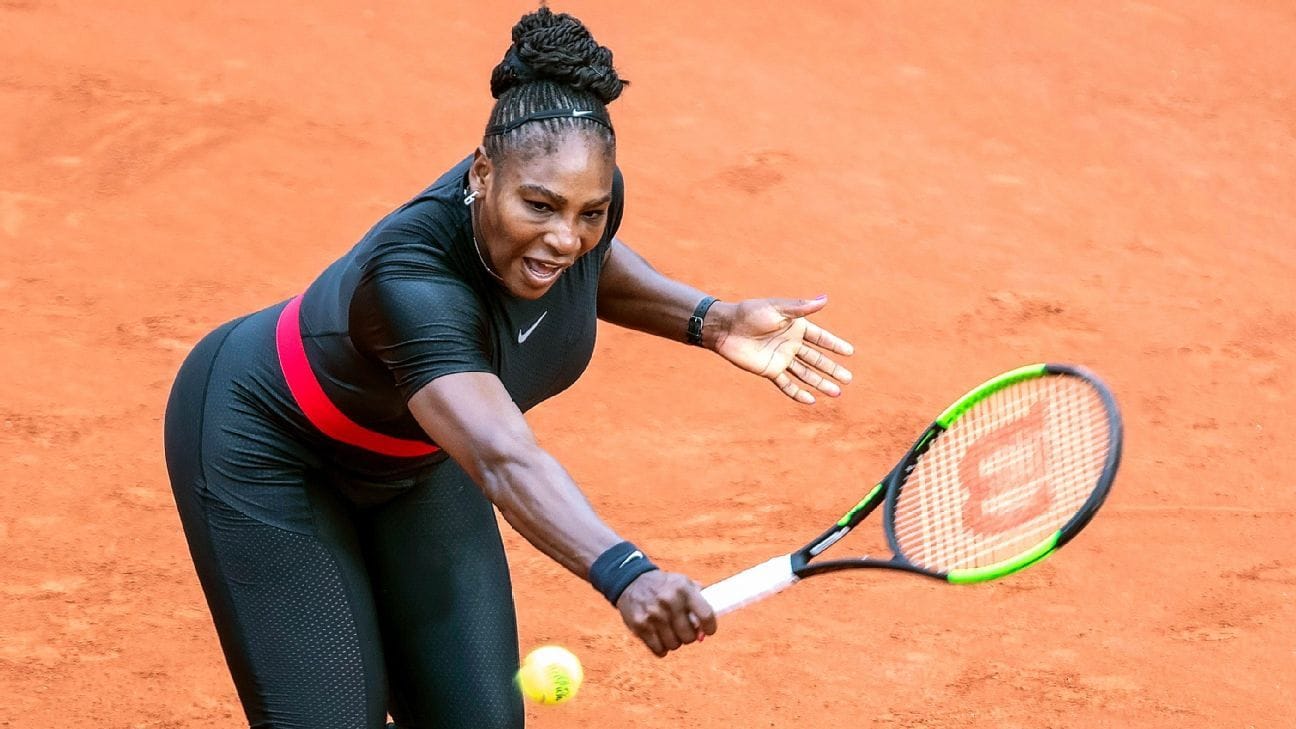Against All Odds: The Greatest Sports Comebacks of All Time
Explore the most epic sports comebacks in history, from Michael Jordan's return after baseball to Tiger Woods' Masters victory and Serena Williams' post-childbirth triumph.

Written by Lavanya, Intern, Allegedly The News
SAN FRANCISCO, September 12, 2025
In the world of sports, where the line between triumph and tragedy can be as thin as a single stride or swing, few narratives are as compelling as the comeback. These aren't just stories of returning to the field; they are sagas of human resilience, where athletes stare down career-ending injuries, personal demons, and public doubt to emerge not just victorious, but forever changed. From the physical toll of a torn ACL to the emotional weight of a public scandal, these are the moments that define greatness, proving that the human spirit, when pushed to its limits, can achieve the impossible.
A Return to Greatness: Michael Jordan's Unfinished Story
Case History: The First Retirement
On October 6, 1993, at the zenith of his power, Michael Jordan shocked the world. After leading the Chicago Bulls to three consecutive NBA championships, he announced his retirement from basketball. The reasons were complex: a deep weariness from the intense media spotlight, the tragic murder of his father, James Jordan, and a desire to pursue his father's dream of him playing professional baseball. Jordan signed with the Chicago White Sox organization, embarking on a minor league career with the Birmingham Barons. This was an unprecedented move for an athlete of his stature, and many questioned if he would ever return to the game he had so completely dominated.
The Comeback Timeline
- March 18, 1995: The two-word fax arrives: “I’m back.” Jordan, after 17 months away from the NBA, announces his return to the Chicago Bulls. The world is electrified.
- March 19, 1995: In his first game back against the Indiana Pacers, Jordan looks rusty, missing his first five shots. He wears the number 45, a new beginning.
- March 28, 1995: Just five games in, he drops a legendary 55 points against the New York Knicks at Madison Square Garden, a performance that cemented his return to form.
- 1995-1996 Season: Jordan leads the Bulls to a then-record 72 regular-season wins, an achievement many considered impossible. They go on to win the NBA championship, completing the first year of their second three-peat.
Evidence and Analysis
Jordan's return wasn't just a physical recovery from a lay-off; it was a psychological and athletic re-ascension. He had to regain his basketball timing and rhythm after focusing on an entirely different sport. His brief stint in baseball, though statistically modest, instilled a new appreciation for the relentless discipline and precision required at the elite level. It was a humbling experience that, according to many close to him, fueled his fire upon his return to the hardwood.
"I never would have quit playing basketball for a year and a half to come back and be the same player I was. I just can't say that. I wasn't the same player. But I learned a lot. I had to." - Michael Jordan
The Phoenix Rises: Tiger Woods and the Masters
Case History: The Fall from Grace
For a decade, Tiger Woods was the undisputed king of golf. His dominance was so complete that his career seemed almost invulnerable. However, starting in late 2009, his world began to crumble. A public scandal involving marital infidelity shattered his carefully curated image, leading to a divorce and a loss of sponsorships. This personal turmoil was soon compounded by a series of debilitating injuries. He underwent four back surgeries between 2014 and 2017, a period during which he was so incapacitated he couldn't walk, sit, or even stand without immense pain. He fell out of the world's top 1,000 golfers. Many in the golf community, including experts and fans, had written him off entirely.
The Comeback Timeline
- April 2017: Woods undergoes his fourth back surgery, a spinal fusion, which he describes as a last-ditch effort to live a pain-free life, not necessarily to return to golf.
- September 2018: Against all expectations, he wins the Tour Championship, his first victory in over five years. The gallery at East Lake Golf Club mobs the final hole in a scene of pure jubilation.
- April 14, 2019: At the age of 43, a healed but still-fragile Woods, wearing his signature red shirt, wins his fifth Masters title. It is his first major championship victory in 11 years.
Evidence and Analysis
Tiger's comeback was about more than physical recovery. It was a story of redemption. He had to rebuild not only his body but his public persona and his confidence. The Master's win was a culmination of years of hard work, physical therapy, and a profound mental fortitude. The cheers at the 2019 Masters were not just for a great golfer, but for a man who had faced his personal demons and his physical limitations and had come out on top.

The Mother of All Comebacks: Serena Williams
Case History: A Life-Threatening Birth
Serena Williams is often cited as the greatest female tennis player of all time. After winning her 23rd Grand Slam singles title at the 2017 Australian Open, she took a break to give birth to her daughter, Alexis Olympia Ohanian Jr. The birth, however, was far from routine. Following an emergency C-section, Williams suffered a pulmonary embolism, a life-threatening condition where blood clots form in the lungs. This led to a series of additional surgeries. She was bedridden for six weeks, and her recovery was a painful, often isolating journey.
The Comeback Timeline
- September 2017: Gives birth to her daughter. Shortly after, she suffers a pulmonary embolism and is bedridden for six weeks.
- March 2018: Returns to competition, but struggles with her form and conditioning, a process she is candid about.
- July 2018: Just 10 months after giving birth, she reached the Wimbledon final, a testament to her incredible resolve.
- August 2018: She reaches the US Open final, proving that she is still an elite competitor.
Evidence and Analysis
Williams' comeback transcended the sport itself. It became a global conversation about motherhood, health, and a woman’s ability to reclaim her career after childbirth. She was open about her struggles, including postpartum depression, which resonated with millions of women around the world. Her return highlighted a stark difference between male and female athletes, as she was forced to deal with the physical toll of childbirth in addition to the demands of professional sports.
"I think that I have a new definition of strength. It's not about being strong with a tennis racket, it's about being strong enough to be a mom and play at the same time." - Serena Williams
What Happens Next? The Theory of the Comeback Arc
The comeback isn't a one-time event; it's an ongoing process. It's a cyclical narrative of fall, recovery, and re-ascension. The theory of the "Comeback Arc" suggests that these stories are so captivating because they mirror the universal human experience of confronting adversity. Each time an athlete faces a new obstacle- be it a fresh injury, the passage of time, or the rise of new rivals- they are, in a sense, forced to start their comeback journey all over again. The triumphs of Jordan, Woods, and Williams weren't endings, but powerful chapters in their unending stories of resilience.
Discussion Questions
What role do public perception and media scrutiny play in an athlete's ability to make a comeback? How do you differentiate between a comeback from injury and a comeback from personal scandal or retirement? Is one more impressive than the other? Can a comeback narrative ever truly be complete, or does it always leave new questions and challenges in its wake?
Sources
ESPN, Sports Illustrated, PGA Tour, The Guardian, and verified public records.




